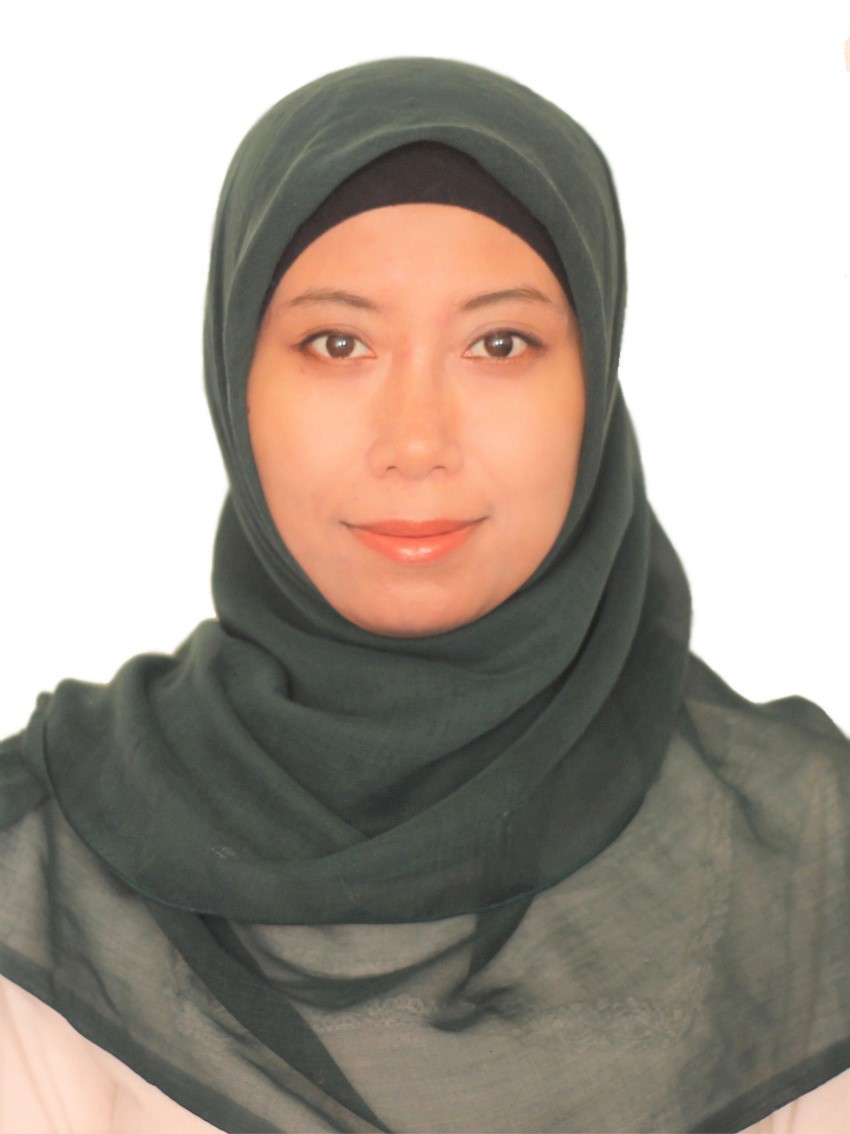Title: Lecturer
Country/Region: Indonesia
Period: 2022/11/5-2023/01/20
Theme: Coupling a ground-based weather radar observation and a numerical model to reconstruct the 3D structure of a volcanic plume, study case of Sinabung eruption.
Host: Yujiro SUZUKI
Introduction: My research interest is in the application of ground-based weather radar to rainfall- and volcano-related disasters. I received my Ph.D. in Civil Engineering from Kobe University, Japan in 2018. While my doctoral work was related to weather radar utilization in volcanic debris flows (lahars) simulation, I become more interested in volcanology and radar-retrieved tephra models during my postdoctoral program at Kyoto University, Japan (2018-2019) and Nanyang Technological University, Singapore (2019-2021). My latest work in radar application for volcanology is estimating velocity profile from a moving Pyroclastic Density Current. I am also interested in the application of machine learning for disaster mitigation. Currently, I am working with Professor Suzuki to reconstruct the 3D structure of the Sinabung volcanic cloud by combining the radar-estimated Eruptive Source Parameters (ESP) into a three-dimensional (3D) numerical model.
Research Report:
Reconstructing the 19 February 2018 of Sinabung Eruption Column by a 3D Numerical Model
Magfira Syarifuddin (ira1906@gmail.com)
Short-term Visiting Researcher (2022/11/06-2023/01/20)
Host: Assoc. Prof. Yujiro Suzuki
1. Introduction
My research aims to incorporate the velocity estimates from a weather radar observation into a threedimensional
(3D) numerical model to reconstruct the VEI-2 eruption of Sinabung Volcano, Indonesia, on 19 February
2018 at 08:53 local time. One collapsing column earthquake and 60 dome collapse earthquakes, including the
disintegration of a lava dome were also reported. Although several studies have extensively discussed the eruptive plume
dynamics and tephra characteristics using satellite- and ground-based observation, they still have several limitations,
related to technical settings and spatio-temporal resolution. In this project, the temporal evolution of the plume is
reconstructed using a 3D numerical model based on ranges values of exit velocity provided by radar observation. The
results will be compared with radar and satellite imageries to understand the reliability of the 3D numerical model. At
the same time, we expect to unravel the mechanisms of the partial collapsing plume reported during the event case.
2. 3D Numerical results of the eruption event
Fig. 1 presents the mass fraction of the ejecta at 360 s after the onset time based on a 3D numerical model.
The values of the mass fraction range from 0 to 1, describing the ratio between the mass of ejecta (i.e., solid pyroclasts
and volcanic gas) and total air. The eruption cloud is ejected from the vent with a large density (2.62 kg/m3) comparing
to the atmospheric density (0.91 kg/m3). At the core of the plume, the ejected material is not mixed with ambient air (x@
1) and its density remains greater than the air. Then the ascending cloud is dispersed, and the mixture density becomes
less than the ambient air, resulting in a buoyant plume. The simulation produces a stable column state, which cannot
describe the partial collapsing plume.
Magfira Syarifuddin (ira1906@gmail.com)
Short-term Visiting Researcher (2022/11/06-2023/01/20)
Host: Assoc. Prof. Yujiro Suzuki
1. Introduction
My research aims to incorporate the velocity estimates from a weather radar observation into a threedimensional
(3D) numerical model to reconstruct the VEI-2 eruption of Sinabung Volcano, Indonesia, on 19 February
2018 at 08:53 local time. One collapsing column earthquake and 60 dome collapse earthquakes, including the
disintegration of a lava dome were also reported. Although several studies have extensively discussed the eruptive plume
dynamics and tephra characteristics using satellite- and ground-based observation, they still have several limitations,
related to technical settings and spatio-temporal resolution. In this project, the temporal evolution of the plume is
reconstructed using a 3D numerical model based on ranges values of exit velocity provided by radar observation. The
results will be compared with radar and satellite imageries to understand the reliability of the 3D numerical model. At
the same time, we expect to unravel the mechanisms of the partial collapsing plume reported during the event case.
2. 3D Numerical results of the eruption event
Fig. 1 presents the mass fraction of the ejecta at 360 s after the onset time based on a 3D numerical model.
The values of the mass fraction range from 0 to 1, describing the ratio between the mass of ejecta (i.e., solid pyroclasts
and volcanic gas) and total air. The eruption cloud is ejected from the vent with a large density (2.62 kg/m3) comparing
to the atmospheric density (0.91 kg/m3). At the core of the plume, the ejected material is not mixed with ambient air (x@
1) and its density remains greater than the air. Then the ascending cloud is dispersed, and the mixture density becomes
less than the ambient air, resulting in a buoyant plume. The simulation produces a stable column state, which cannot
describe the partial collapsing plume.
View All
Fiscal Year: 2022
Fiscal Year: 2022


